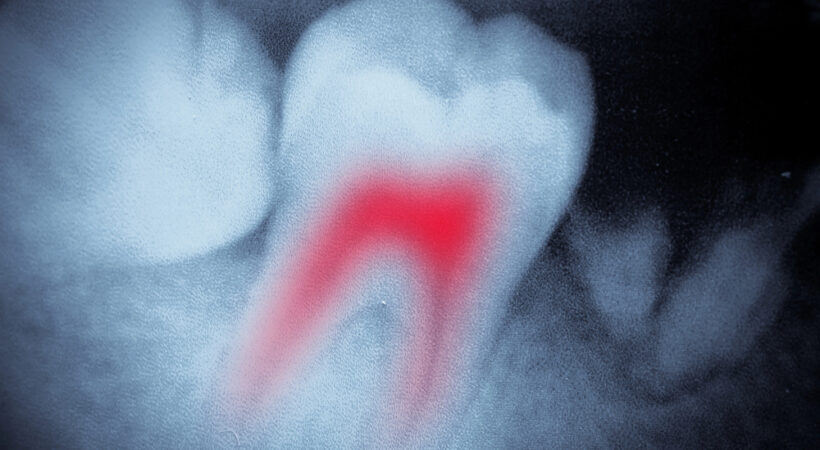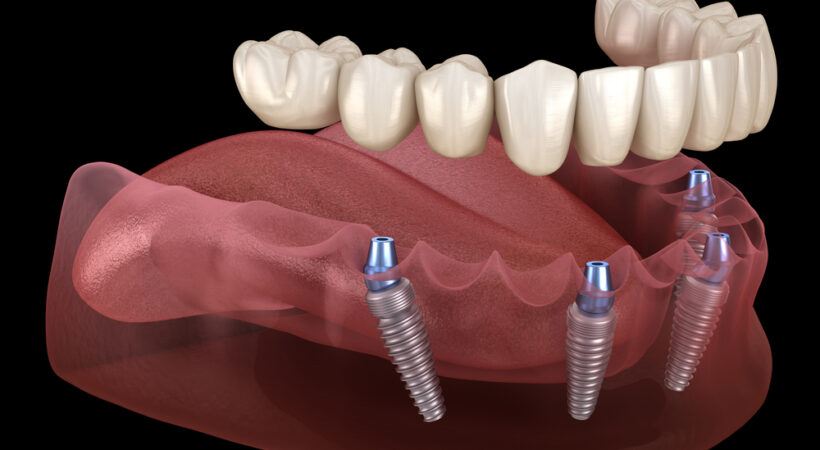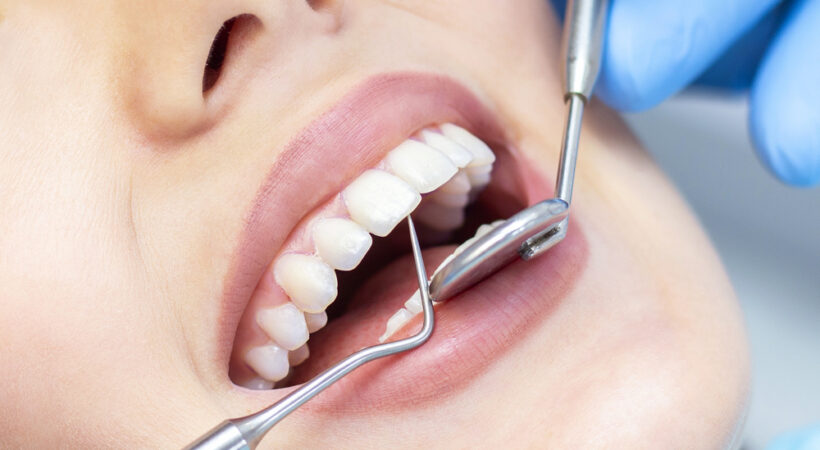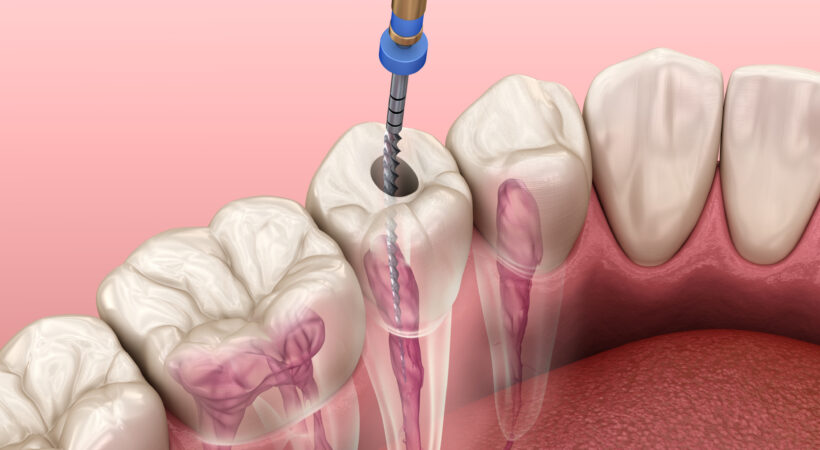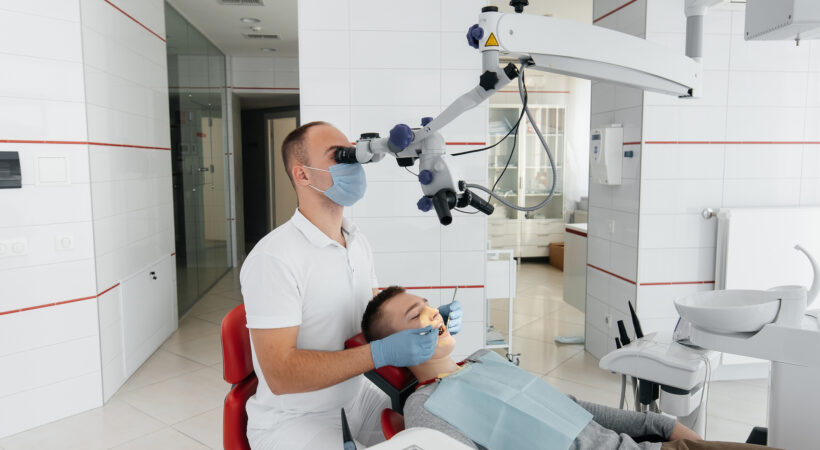Melbourne is a city celebrated for its art, architecture, and cultural pulse—but look a little closer and you’ll find that one of its most profound transformations is unfolding behind the doors of its dental practices. A quiet revolution is reshaping how people experience oral care, redefining the relationship between clinician and patient, and elevating what it means to truly care for a community’s health. It is a shift rooted not just in technology or efficiency but in compassion, dignity, and deeper human connection.
At the heart of this movement is a new generation of dental clinic in Melbourne practices that see dentistry not as a mechanical service but as a conduit for wellbeing. Here, the focus extends beyond teeth and gums. It reaches into people’s fears, histories, socioeconomic realities, and aspirations. Melbourne’s dental professionals are increasingly embracing a philosophy that merges evidence-based care with psychological insight, cultural understanding, and the belief that oral health can be a gateway to a more confident, equitable society.
This shift comes at a crucial moment. While Australia is a global leader in healthcare innovation, the state of oral health in Australia reveals persistent challenges that disproportionately affect vulnerable communities. Issues like untreated decay, periodontal disease, and cost-related avoidance of treatment remain widespread. Many Australians still delay or avoid dental visits due to anxiety, stigma, or financial constraints. Against this backdrop, Melbourne’s compassionate care movement is more than an idealistic experiment—it is a necessary evolution.
What makes this revolution “quiet” is its subtlety. It is not defined by grand announcements but by intimate, everyday encounters: a dentist taking an extra minute to explain a treatment to an anxious patient; a receptionist checking in gently with someone who looks hesitant; a hygienist reshaping a teenager’s understanding of oral health from something intimidating to something empowering. Melbourne’s practitioners are beginning to understand that clinical excellence is inseparable from emotional intelligence. Anxiety management, trauma-informed care, and patient-led decision-making are becoming as essential as scalers and x-rays.
Technology has played its part, but not in the cold, impersonal way some might expect. Digital scanning, AI-assisted diagnosis, and needle-free anaesthesia are being harnessed with a singular purpose: to reduce pain, fear, and uncertainty. In many practices, advanced tools enable faster procedures, clearer communication, and more predictable outcomes. Yet, the technology is only effective because it is framed within a compassionate ethos—one that prioritises comfort, education, and trust over simply showcasing innovation.
A hallmark of this Melbourne-led transformation is a growing dedication to inclusivity. For migrants navigating new systems, for children whose early experiences can shape lifelong habits, and for older adults who may feel overlooked in fast-paced healthcare environments, the new culture of care is intentionally welcoming. More clinics are employing multilingual staff, creating sensory-friendly rooms, and training in culturally safe care. These initiatives acknowledge that oral health cannot be separated from identity, background, or personal experience.
Equity is also becoming a central theme. Melbourne has seen an increase in collaborations between private clinics, public services, universities, and community health organisations. Together, they aim to narrow the gap in oral health outcomes and address barriers that have lingered for generations. Some clinics allocate time for pro bono work or reduced-fee services, while others partner with local schools to deliver preventive education. Such efforts signal a growing recognition: oral health is not a luxury; it is a fundamental component of human wellbeing.
Another quiet but powerful shift is the rise of narrative-based dentistry. This approach encourages practitioners to explore a patient’s story—not just their symptoms. Why does someone fear the dentist? What social pressures might affect their oral hygiene? How might a person’s past trauma influence their tolerance for clinical environments? By listening more deeply, Melbourne’s dentists are providing more accurate, personalised, and compassionate care. This is especially transformative for people with dental anxiety, who often perceive clinics as places of judgment rather than healing.
It would be easy to assume that such a revolution is confined to niche boutique clinics, but it is spreading across Melbourne’s dental ecosystem. From suburban family practices to large multidisciplinary centres, the philosophy of compassionate care is taking root. Patients are beginning to feel the difference: appointments that feel calmer, explanations that feel clearer, and treatment plans that feel collaborative rather than imposed.
What makes Melbourne’s approach quietly radical is that it reframes oral care as a partnership. Instead of a dentist “fixing” a problem, the patient becomes an informed participant in their own wellbeing. Instead of fear dictating decisions, understanding and connection guide the experience. Instead of oral health being separated from overall health, it becomes an integrated part of living well.
As the state of oral health in Australia continues to evolve, Melbourne’s revolution offers a blueprint for other cities: compassionate dentistry is not a luxury or a trend—it is a necessity for a healthier, more equitable society. It acknowledges that behind every tooth is a person, behind every smile is a story, and behind every appointment is an opportunity to create lasting change.
Melbourne’s quiet revolution may not make headlines, but it is shaping a future where oral care is not merely tolerated but trusted, welcomed, and even embraced. And in that future, the dental chair becomes not a place of fear, but a place of transformation—one compassionate moment at a time.


